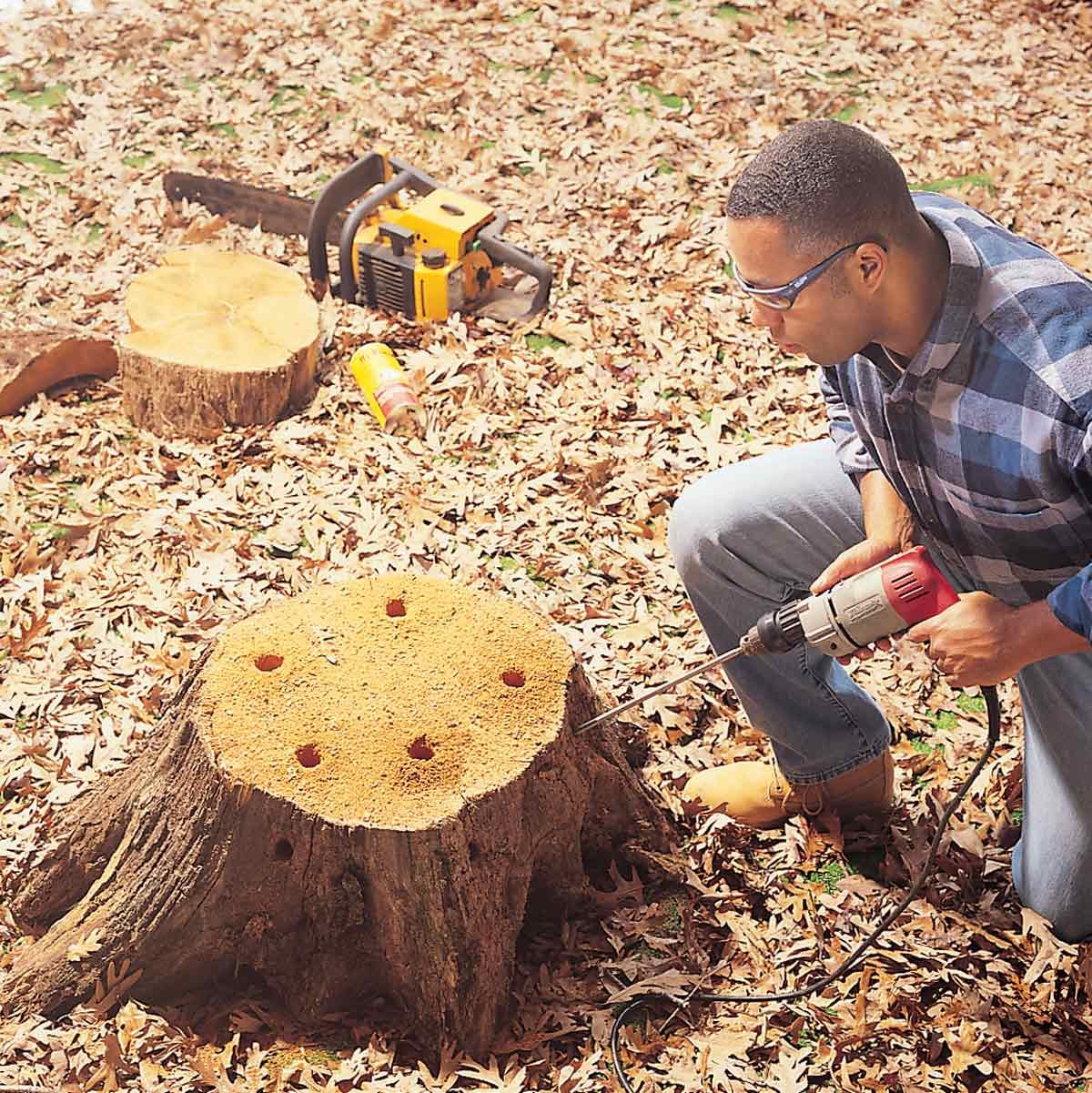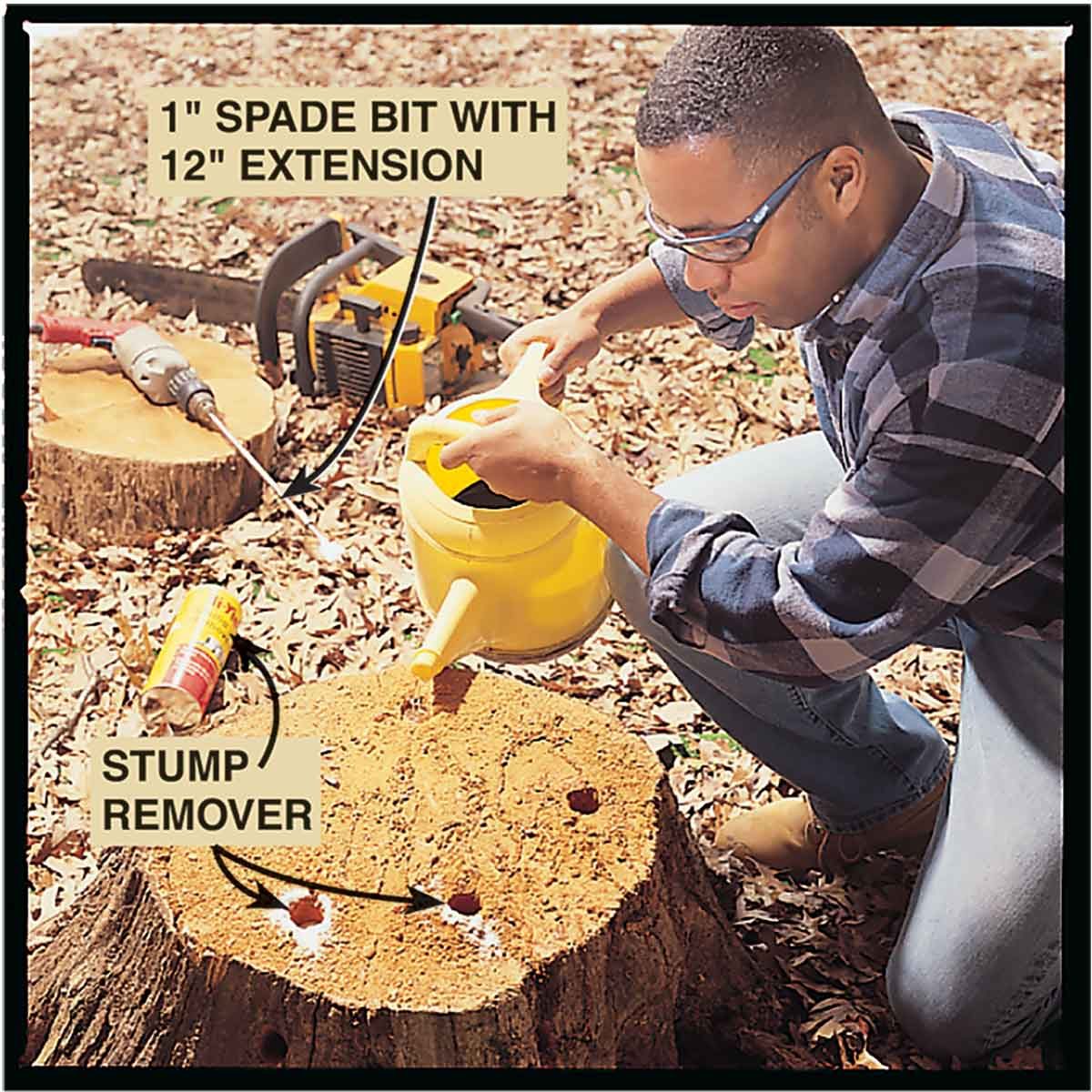Woodcraft, leading retailer for woodworking tools and supplies, offers tips to help home improvement do-it-yourselfers to work smarter by working safer as they enter the spring/summer home improvement season.
Homeowners have grown increasingly hands-on when it comes to improving their homes. Rather than call a contractor to do household projects like finishing an attic or basement, combining smaller rooms into larger areas or building/installing new cabinets, nowadays more and more homeowners act as their own “contractor” or handyman.
“Though it’s often more affordable and rewarding for homeowners to tackle projects themselves, it is important to approach these projects with safety in mind,” Darin Lawrence, Woodcraft director of product development said. “Accidents are more likely to occur when the person working on the home is a weekend warrior instead of a trained professional. To help do-it-yourselfers work safely and successfully, Woodcraft offers the following tips.”
Be Prepared & Understand the Challenges
Begin every project with all the tools, supplies and plans you need rounded up and close at hand to keep your focus on the work, not something you still need. Be sure to include safety gear, a first aid kit, and a charged cellular phone, and work with a partner on the big projects whenever possible.
Inexperienced DIYers often struggle because they are using the wrong tools for the task or are unfamiliar with their tools, which increases their risk of accident and injury.
“If the project you plan to undertake involves unfamiliar tasks or tools you have not used often, do some research. Woodcraft offers books about home improvement topics, as well Woodcraft Magazine technique downloads and how-to videos for many products online,” product manager Ben Bice said. “Or get some expert advice at your nearest Woodcraft store or by calling (800) 535-4486 for technical advice.”

The JET Air Filtration System will clean and circulate the air.
Create a Safe Working Environment
When working indoors, it is important to take steps to keep the air free of dust and debris for the health and safety of those breathing it,” Woodcraft product manager Peter Collins said. To maintain a dust-free environment, Collins recommended using products like the Oneida 5-Gallon Molded Dust Deputy Kit that works with a shop vacuum to capture 99% of the dust.
National power tool manager Andrew Bondi suggested also using a complementary tool, the JET Air Filtration System that will clean and circulate the air, filtering out 99% of five-micron size and 85 % of one-micron size particles.
To protect the DIYer as he or she cuts, sands, fastens, joins and restores wood, uses stripping and finishing products and paints, and sharpens tools, Woodcraft suggests using protective gear for the head, mouth, eyes, ears, hands, and feet, such as:
Select User-Friendly Products
To join wood pieces for framing, building or repairing furniture and cabinets and other household projects, product manager Peter Collins said many DIYers opt for pocket-hole joinery. “A circular saw and a drill are all you need to do pocket-hole joinery with the popular Kreg Jig System,” Collins said.
For those who need to use a table saw, national power tool manager Andrew Bondi suggested the new SawStop Jobsite Saw with cart and fence. “This portable offering from SawStop is the new standard in jobsite safety. Now you can have the precision, quality and safety of a SawStop saw wherever the job takes you.”



